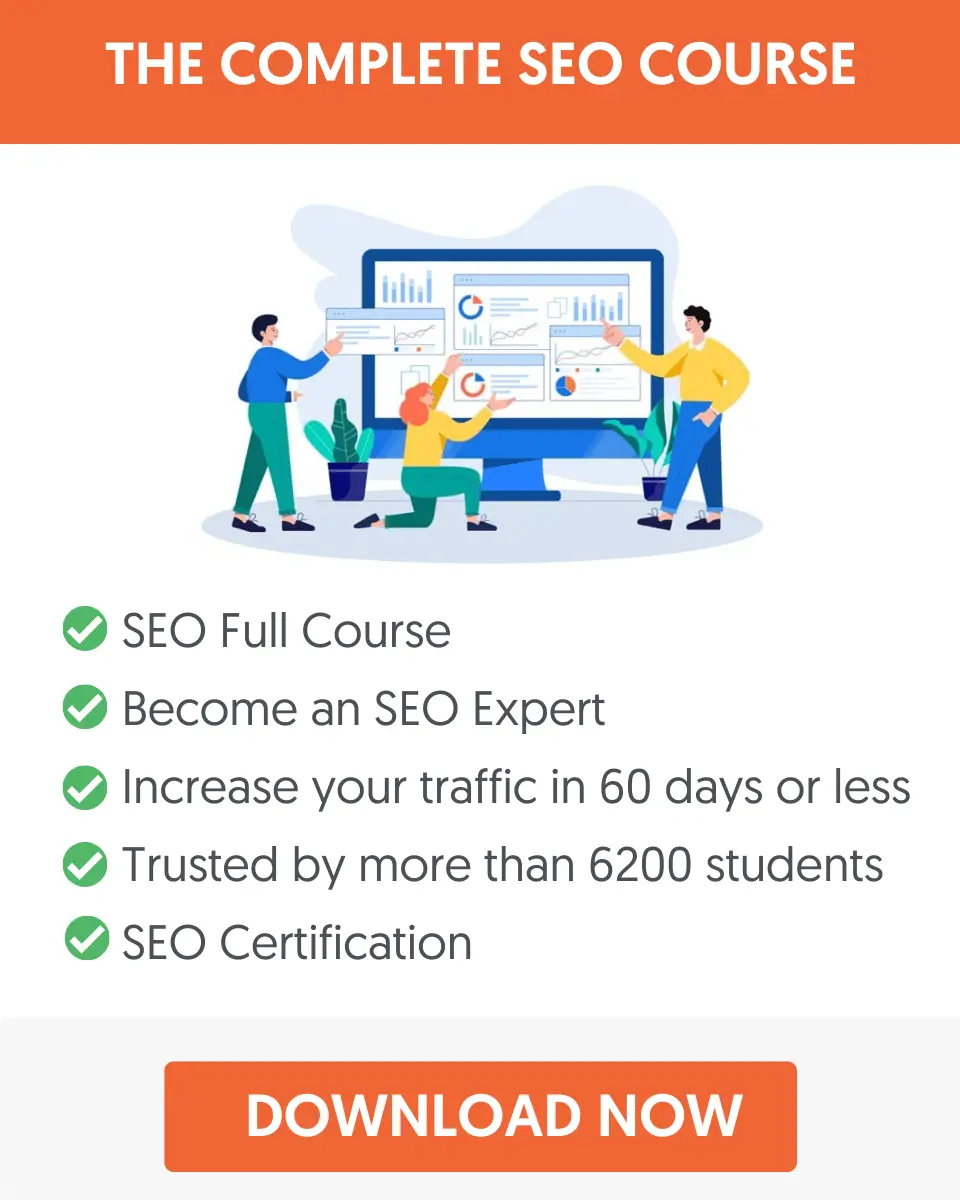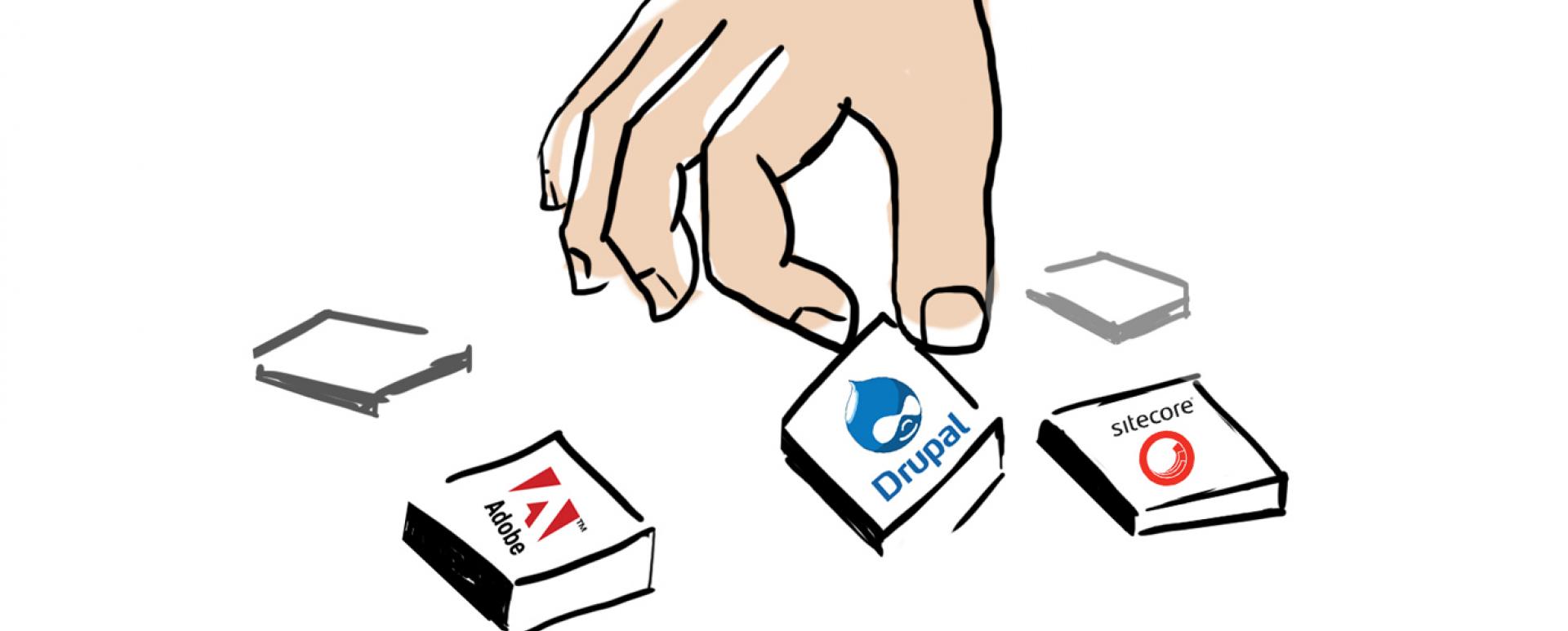10 Awesome SEO Techniques To Boost Organic Traffic

When it comes to increasing organic traffic, there are several techniques you can implement. Some of these techniques include adding local keywords to meta descriptions, creating mini-posts, and using schema markup. The more you can do to increase your website’s ranking, the better. In addition, these techniques can increase your overall user experience.
Adding local keywords to meta descriptions
One of the best SEO practices for local search is to combine keywords and cities. You can do this by adding localized keywords to meta descriptions and body copy. The ideal length for these descriptions is 155 characters, while Title Tags should be between 50 and 65 characters.
The meta description should be written to fit the page’s design and website content. It should include the focus keyword and keyphrase. To write an effective meta description, you should use keyword research to determine what users are actually searching for. The meta description should also match the user’s intent. This is because Google highlights search terms that match the user’s intent.
Local SEO is essential for local businesses. The local search engine algorithms are more favorable to local search queries. They collect information about the location of users and their search history. This means local search results are more likely to be relevant and include local business information. By including local keywords in your meta description, you can boost your search rankings and establish a local brand.
Meta descriptions are essential to SEO. When included correctly, they can boost conversion rates and click-through rates. These descriptions are also considered an indirect signal that does not directly affect search rankings, but they help search engines understand the page content and inspire searchers to visit it.
Creating mini-posts
Creating mini-posts can increase your organic reach on social media. It’s important to create content that grabs the attention of your audience. For example, you could write an article or a video. This can be shared with your social network friends or published in your website. This can increase your organic reach and generate comments.
Using blog post templates has become an important part of the SEO process of successful marketing teams. It helps increase referring domains, backlinks to your site, and traffic to specific URLs. The process of building backlinks entails creating high-quality content, link building outreach campaigns, PR, and various other tactics.
Businesses only reach an average of 2% of their organic reach from posts. With the increasing cost of ads and the declining organic reach, businesses need to find ways to boost their organic reach. A solution to this problem is to create mini-posts that are targeted and highly specific to a particular audience.
Using topic clusters
Building your content around a strong topic cluster will not only give searchers a reason to visit your website, but it will also provide you with an easy way to organise your content library. To generate topic cluster content ideas, start by brainstorming. You can also use an online tool like Answer the Public to come up with cluster-worthy content.
Using topic clusters is also an excellent way to build backlinks and improve your content quality. While this strategy might require a little time and effort, it can pay off in the long run. By creating topic clusters around related content, you’ll be able to increase your rankings in Google’s algorithm and improve your website’s credibility with users.
Topic clusters are useful for optimizing long-tail and short-tail keywords, and you can create customized audience segments by drilling down into specific pages within a cluster. This will allow you to gain more insights and implement remarketing strategies. They’re easy to implement, but you need to be able to plan around a central idea.
Topic clusters can help you skyrocket your organic traffic and rank. You can do this by writing several great blog posts on the same topic and linking them to each other. These cluster pages will be focused on a specific search intent. In the beginning, one main topic page will act as the central element of your cluster model, introducing your main topic and redirecting visitors to your subtopics via hyperlinks.
Once you’ve created a cluster, the next step is to find additional related searches. Doing so will reveal new content ideas and gaps in your existing content. When you have more than one cluster, you can start building out pillar content. By creating these high-volume, high-quality content, you’ll be able to build out the rest of your content without cannibalizing your existing content.
Using schema markup
Using schema markup is a great way to make your website stand out in the search results. This simple markup describes the main entities on a page so that the search engine can understand what the content is about. For example, Google can understand the name of an article and its author, and can also tell the date of publication. It can also have a significant impact on your organic traffic and how your website appears in searches. It can even help you get rich snippets and a zero position in certain search queries.
The best way to use schema markup is to use it on the most popular and most frequently-accessed pages of your website. Google has a tool that will automatically generate schema markup for your website based on your content. You can use this tool to create schema markup for your website or email.
If you’re a business looking to attract more traffic, using the Organization schema markup is a great way to increase traffic to your website. The Organization schema markup enables Google to provide a company’s name, contact details, social media profiles, and more to the searcher. This is a great way to increase website traffic and establish a trusted brand. In fact, one company that has successfully used schema markup to increase website traffic saw an 843% increase in clicks and 566 percent increase in impressions.
Using schema markup can also boost your page’s search engine ranking and click-through rate. As more information is displayed in the SERP, the more your target audience will click on your link and ultimately buy your product or service.
Using on-page SEO
Using on-page SEO is a simple way to increase organic traffic. The process involves optimizing your website so that it is logical and intuitive for users. Otherwise, your SEO efforts will be in vain. First, analyze your website to identify any potential problems. You can do this by using the Ahrefs Site Audit tool. It will give you an insight into key SEO issues as well as your overall website performance.
On-page SEO focuses on elements within your website, such as the keywords, title, and meta description. Off-page SEO includes other activities, such as link building and social media marketing. These activities help search engines understand your content and will increase your website’s visibility in organic search results.
Off-page SEO can be tricky, but it’s one of the most important aspects of search engine optimization. It involves making your content valuable and worth linking to. The content needs to be optimized in a way that it will rank well, which in turn will increase your chances of earning follow links and thus your organic traffic.




